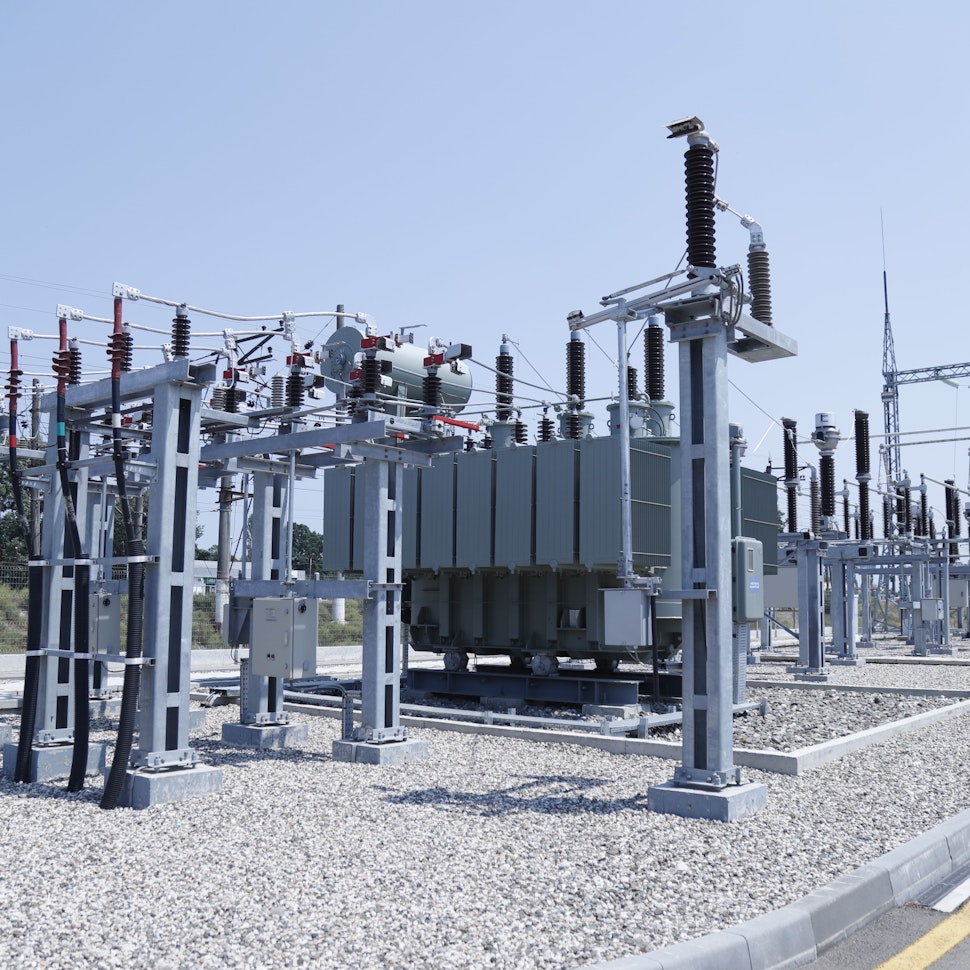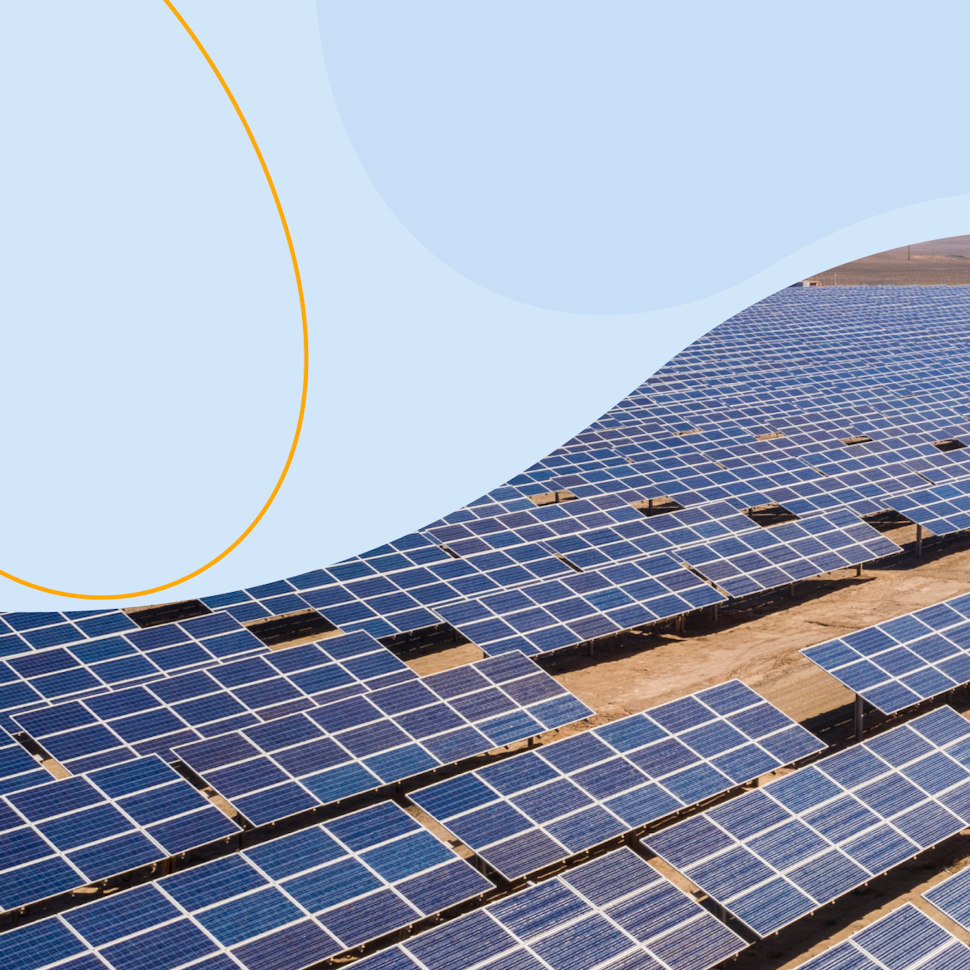What is a phase conductor and how is it used in solar plants?




Enio Gjoni
Sr. Product Owner
Enio Gjoni is an electrical engineer with expertise in power system analysis and studies. Having dedicated 5 years contributing in the "Control Room of the Future" for transmission utilities, by being part of the implementation team of cutting-edge SCADA/EMS/AGC systems, he has joined RatedPower as a Senior Product Owner in the Interconnection team, committed in bringing to the users a top-tier software solution for solar power studies.
What is a Phase Conductor?
Phase Conductor definition: A phase conductor is a live conductor under normal conditions that transmits electrical energy. They are used alongside neutral conductors to provide power for AC electrical equipment.
Phase Conductors are often referred to as “live parts” as they are energized under normal conditions. They are current-carrying conductors and are counted in the total number of electrical conductors that are used in an electrical circuit, network or system.
Single-phase vs. three-phase power
With electricity, “phase” refers to the load distribution. When working with electricity, you will come across two key phrases: single-phase and three-phase power. The difference between single-phase and three-phase power comes down to the wiring. Single-phase power supplies have one phase wire and one neutral wire, with current running between the two. Three-phase power requires three phase wires and one neutral wire, with each phase AC signal 120 electrical degrees apart.
One key distinction between single-phase and three-phase power is the load capacity. A three-phase system can handle higher concurrent loads compared to a single-phase supply. So single-phase power supplies are usually found in residential buildings with a typical voltage of 230 V. The voltage of three-phase power supplies is higher, generally around 400 V, which is why they are primarily installed in commercial and industrial buildings that use a higher load.
Single-phase systems can be created from three-phase systems to achieve the correct voltage. This is done via a transformer in the US or performed directly within the EU.
Another notable difference between single-phase and three-phase systems is the consistency in delivering power. A single-phase system offers significantly more peaks and dips in voltage, whereas a three-phase system offers power at a steady, constant rate.
Three-phase electrical systems do not require excessive conducting materials to transmit electrical power, making it a more cost-effective option for electric transmission on a larger scale. However, the three-phase connection is not able to handle overload. Any overload to the system may damage equipment, offsetting the cost savings by needing to replace and repair components.
Phase conductors and solar plants
Solar PV generates electricity as DC, which needs to be converted to AC before it can be used by electrical circuits and domestic appliances. To do this, DC electricity needs to be sent to a solar inverter. A solar inverter channels DC electricity through a transformer, which changes the electricity to AC.
Once you have converted your solar energy into a usable power supply, you need to identify whether you require single-phase or three-phase power. What you are using the power for will determine the number of phase conductors and the types and sizes of cables required in your system.
There are also different inverter types for each system type. A single-phase connection is simple, requiring a single-phase solar inverter. When it comes to a three-phase connection, you have a couple of options. The simplest option is to install a three-phase inverter which will distribute power evenly across each phase.
With three-phase connections, you can also choose to install one single-phase inverter on one of the phases, typically the phase with the heaviest loads. However, this can cause potential issues. If you expand your system beyond the inverter’s capabilities, you risk tripping the inverter as the voltage increases.
Choosing the suitable cable for your solar PV plant is important. Cable size can affect the performance of your entire system. Each cable size can only accept a certain amount of amperage and voltage, so the thicker your cabling, the more power your solar PV system can handle. Say you install a smaller cable than recommended; you risk voltage drops, energy surges, and potentially electrical fires. It’s also worth noting that DC and AC electricity require different cable types.
Request a demo today to see how Rated Power can benefit your PV plant design.

Design utility-scale solar at lightning speed
Plotting Your Overhead Lines with pvDesign
Download the guide to take a deeper look at overhead lines and learn how to incorporate them into a utility-scale project using pvDesign.

Latest stories
Related glossary posts
Technology and engineering
What is a solar substation and how to customize yours with RatedPower software
Updated 5 MAY, 25

Technology and engineering
What is a solar combiner box and why is it used in photovoltaic designs?
Updated 25 MAR, 25

Technology and engineering
What are the benefits of a Power Purchase Agreement (PPA) for solar plants
Updated 25 MAR, 25

Related posts
Technology and engineering
Innovation in renewable energy: Developments expected in 2025
We look at the 10 biggest renewable industry developments that are making a green future possible, including perovskite solar cells, green hydrogen, and more.
Updated 18 MAR, 25

Technology and engineering
The era of standalone energy yield software is ending
Updated 19 APR, 22

Technology and engineering
How to battle soiling losses with RatedPower
How do soiling losses affect the output from a solar energy system and how can RatedPower help to account for them in a PV project?
Updated 22 FEB, 22

- RatedPower
- Glossary
- P
- Phase conductor



